Siddha Yoga Peeth is a Registered Yoga teacher training school in India with an affiliation of Yoga Alliance, USA which offers 200 Hour Yoga Teacher Training in Rishikesh, India. If you look forward to the course then this is the best choice. Since the inception of the 200, 300 & 500-hour training courses for yoga teacher since foundation, more and more people have joined the course. Most of the alumni have pursued to become victorious yoga teachers all over the world. This program makes one learn all the techniques and styles of yoga. This program also inculcates practices and principles to help make the candidate a sound yoga teacher.
300 Hour Yoga Teacher Training Course in Rishikesh, India
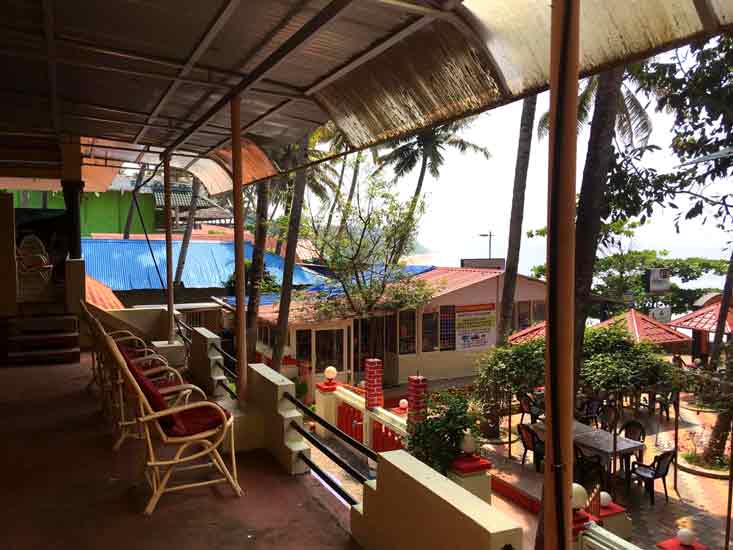
Details of the course are as follows –
» Course Name: 300-Hour Yoga Teacher Training
» Batch Size: 22
» Duration: 300 Hours
» Certification: RYT 300
» Eligibility: 200-hour yoga teacher training from a registered yoga school.
» Course fee includes of food and accommodation.
» A non-refundable booking amount must be paid at the time of resignation as advance.
» One has the option of switching batches within 12 months.
» Remaining fees must be paid when one reaches Siddha Yoga Peeth.
» Fees is non-refundable thus no such request will be entertained.
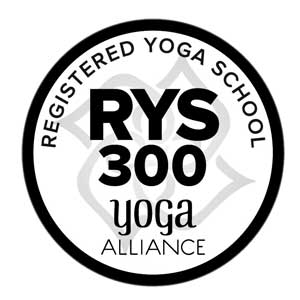
300 HOUR YTTC PRICE DETAILS
300 HOUR YTTC PRICE DETAILS
»300 Hour Yoga Teacher Training Rishikesh
»Regular Course price: USD 1500 (Private Room)
»Regular Course price: USD 1250 (Shared Room)
»Special early bird discounts
»Register before 3 months. fees will be USD 1300 & For pairs USD 1100
»$ 1500
»300 Hour Yoga Teacher Training Varkala, Kerela
»Regular Course price: USD 1500
»Sharing Room price: USD 1250
»500 USD For Sea View & Air Condition
»$ 1500
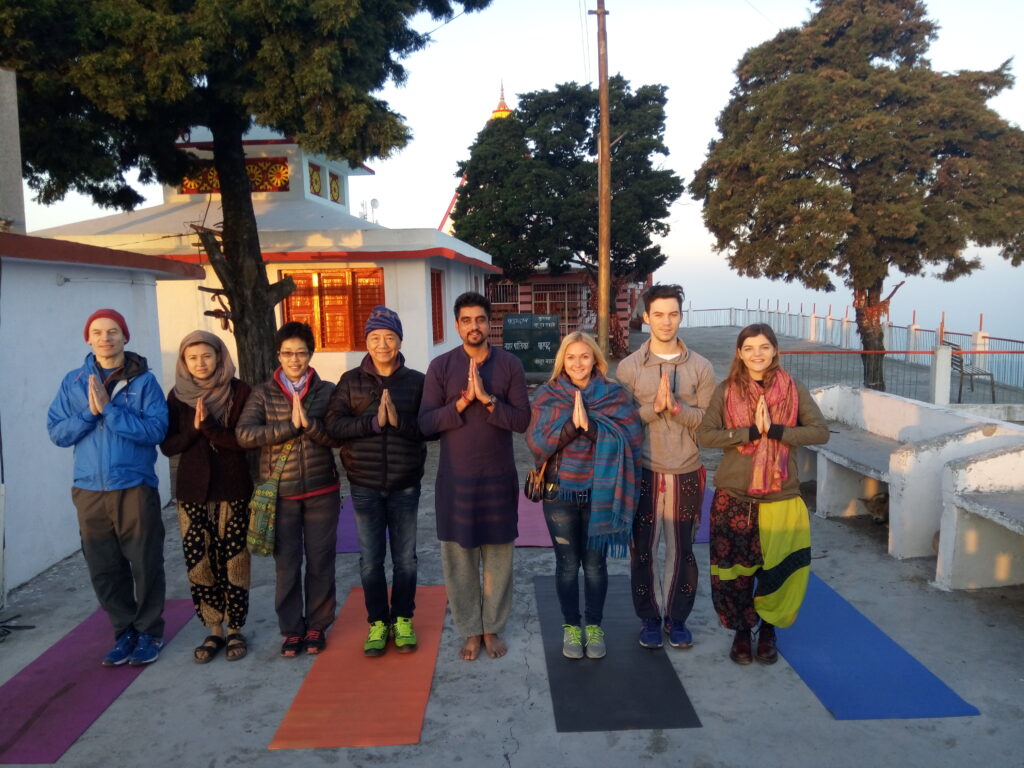
Shedule
In accordance with the standards of Yoga Association, a 300-hour Yoga Teacher Training program, a strict schedule of rigorous 30 days training is a must. It starts early morning around 5:30 a.m. along with meditation being followed by some best yoga postures. Pranayama and Chanting are also part of the schedule. 2-3 meals along with fruits and the green tea are provided during the training. To gain maximum knowledge a schedule of Daily written homework is also given. Pranayama and Chanting are also part of the schedule. 2-3 meals along with fruits and the green tea are provided during the training. To gain maximum knowledge a schedule of Daily written homework is also given.
Syllabus
» Yoga Therapy: The Yoga asanas generally help in managing some of the common diseases. The basic introduction of anatomy, pathology is given to the students.
» Asana: Yogic poses practice is done daily for three hours. In the Morning asana sessions are based on asanas that are connected to yoga therapy and in the evening students are taught asanas which will they later educate to their students. Third week onwards students practice a customized Ashtanga Yoga progression.
» Yoga Anatomy: The Students are taught physiology and anatomy which is related to yoga practice to consolidate their explanations in the classroom, modification of asana. The philosophy classes let get ready the students to not only read but also understand Yoga Sutras.
» Pranayama, Yoga Nidra, Yogic Breathing, & Chanting: The students learn these techniques so as to start the important energy centers in the body with practical classes from the second week.
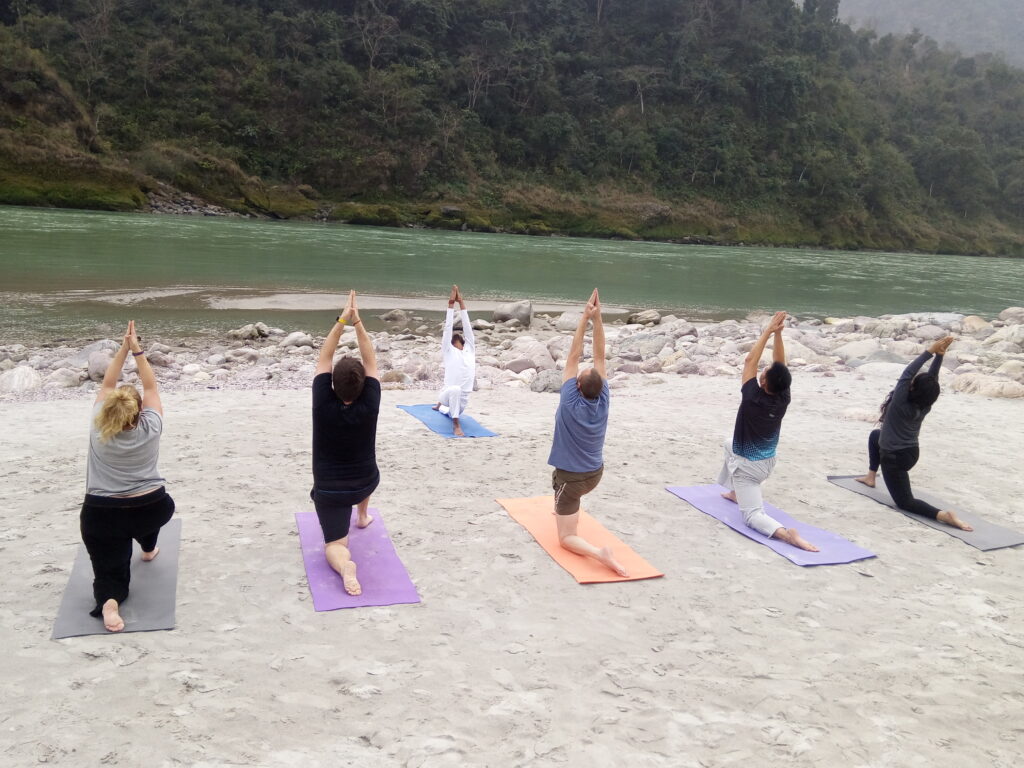
Curriculum – 300 Hour Yoga Teacher Training
| 1. Patanjal Yog Sutra Chapter 1 and 2 | 2. Hatha Yoga Pradipica | 3. Gheranya Shahita |
|---|---|---|
| 4. Shiva Shahita | 5. Yoga Vasistha |
*The 500 Hour Yoga Training Course Curriculum is a combination the 200 Hour Yoga Teacher Training Course Curriculum and the 300 Hour Course Curriculum. Syllabus may change according to the situation.
Syllabus of Yoga Courses
A. Introduction to Ayurveda
| 1. Panchmahabhoota Theory | 2. Tridosha Theory | 3. Dhatus in Ayurveda |
|---|---|---|
| 4. Dhatus as it Relates to Modern Medicine | 5. Prakriti Analysis | 6. Diet According to Prakriti |
| 7. General Introduction to Diet | 8. Yogic Diet | 9. Mindful Eating |
| 10. Pancha Prana | 11. Pancha Kosha |
B. Systems
| 1. Nervous System | 2. Anatomy & Physiology of joints | 3. Muscular System | 4. Mechanism of Pranayama |
|---|---|---|---|
| 5. Physiology of Respiratory system | 6. Skeletal System | 7. Mechanism of Asanas | 8. Mechanism of Meditation |
C. Various Darshans
| 1. Body mind relationship | 2. Key to success | 3. Art of Happiness |
|---|---|---|
| 4. Power of Subconscious mind | 5. Philosophy and Science of meditation | 6. 5 Elements |
D. Hatha Yoga Asanas
300 hour students will learn more than 100 attractive traditional and dynamic Hatha yoga Asana poses. Every morning 2 hour Hatha,Vinyasa,Partner yoga etc. and evening 2 hours AshtangaVinyasa and an hour of stretching adjustment and alignment classes with detail technique by our experienced teachers.
E. Ashtanga Vinyasa Yoga – With all details
Vinyasa Flow yoga is called such because of the fluid balance between the breath flow and body movement. ‘Vinyasa’ means breath-synchronized motion and this style of yoga places as much emphasis on the yoga postures as on the transition between the asanas—creating a dynamic, flowing yoga class that transforms into a playful dance between body and breath. Vinyasa is a term that covers a broad range of yoga classes—but all styles of Vinyasa incorporate the same quality of movement with breath—whether a more dynamic Power Vinyasa class, or a Gentle Flow yoga.
Vinyasa allows the teacher a lot of variety and space for creativity, and the opportunity to develop their own personal voice and style as a teacher. There are no standard sequences to be followed or taught but will almost always include many variations of sun salutations. Expect lots of dynamic movement, not just static stretching. This style of asana evolves into a meditation in motion, moving with mindfulness and allowing the body to become active and the mind to quiet and focus.
F. Kriyas – Cleansing Process
- Jala Neti – Process for purifying nasal area.
- Sutra Neti – Process for purifying nasal area in advance way.
- Dhauti (Vamana) – Chain of processes for purification for the whole alimentary canal.
- Vastra Dhauti (Cloth)(Theory).
- Danda Dhauti Practical & Theory
- Sankha Prakhalana – A complete wash of alimentary canal.
- Nauli – A strong proccess giving massage and strenght to organ inside the abdomen cavity
- Kapalabhati – It is a simple chain of processes for purification of the forehead & it effects to whole body
- Ganisara–Practical and Theory
-
Trataka–Process of intense and deep concentration on a subject. This increases the power of concentration. It develops the dormant inherent spiritual powers in every person. It gives power to eyes. Mental steadiness increases and restless mind becomes peaceful.
G. Pranayama (Primary & Advance Level)
- Anuloma Viloma
- Nadi Shodhan (Advanced)
- Ujjayi (Advanced)
- Sitali (Advanced)
- Sitkari (Advanced)
- Bhastrika (Advanced)
- Bhramari (Advanced)
- Suryabhedena (Advanced)
- Chandrabhedana (Advanced)
- Theory of Murccha
- Theory of Plavini
H. Traditional and dynamic meditation techniques-
Types of Meditation– Scientists usually classify all types of meditation, depending on the way they focus attention, into two categories: Focused Attention and Open Monitoring. I’d like to propose a third: Effortless Presence.
Focused attention meditation
Focusing the attention on a single object during the whole meditation session. This object may be the breath, a mantra, visualization, part of the body, external object, etc. As the practitioner advances, his ability to keep the flow of attention in the chosen object gets stronger, and distractions become less common and short-lived. Both the depth and steadiness of his attention are developed.
Examples of these are: Samatha (Buddhist meditation), some forms of Zazen, Loving Kindness Meditation, Chakra Meditation, Kundalini Meditation, Sound Meditation, Mantra Meditation, Pranayama etc…
Yoga Meditations
OM yogic meditationsThere is not one type of meditation which is “Yogic Meditation”, so here it is meant the several meditation types taught in the yoga tradition. Yoga means “union”. Tradition goes as far as 1700 B.C, and has as its highest goal spiritual purification and Self-Knowledge. Classical Yoga divides the practice into rules of conduct (yamas and niyamas), physical postures (asanas), breathing exercises (pranayama), and contemplative practices of meditation (pratyahara, dharana, dhyana, samadhi).
How to do it
Here are some types of meditation practiced in Yoga. The most common and universal one is the “third eye meditation”.
Third Eye Meditation — focusing the attention on the “spot between the eyebrows” (called by some “the third eye” or “ajna chakra”). The attention is constantly redirected to this point, as a means to silence the mind. By time the “silent gaps” between thoughts get wider and deeper. Sometimes this is accompanied by physically “looking”, with eyes closed, towards that spot.
Chakra Meditation — the practitioner focuses on one of the seven chakras of the body (“centers of energy”), typically doing some visualizations and chanting a specific mantra for each chakra (lam, vam, ram, yam, ham, om). Most commonly it is done on the heart chackra, third eye, and crown chackra.
Gazing Meditation (Trataka) — fixing the gaze on an external object, typically a candle, image or a symbol (yantras). It is done with eyes open, and then with eyes closed, to train both the concentration and visualization powers of the mind. After closing the eyes, you should still keep the image of the object in your “mind’s eye”.
Kundalini Meditation — this is a very complex system of practice. The goal is the awakening of the “kundalini energy” which lies dormant on the base of the spine, the development of several psychic centers in the body, and, finally, enlightenment. There are several dangers associated with this practice, and it should not be attempted without the guidance of a qualified yogi.
Kriya Yoga — is a set of energization, breathing, and meditation exercises taught by Paramahamsa Yogananda. This is more suited for those who have a devotional temperament, and are seeking the spiritual aspects of meditation.
Sound Meditation (Nada Yoga) — focusing on sound. Starts with meditation on “external sounds”, such as calming ambient music (like Native American flute music), whereby the student focuses all his attention on just hearing, as a help to quieten and collect the mind. By time the practice evolves to hearing the “internal sounds” of the body and mind. The ultimate goal is to hear the “Ultimate Sound” (para nada), which is a sound without vibration, and that manifests as “OM”.
The main objective of our courses is to allow you to develop a self-practice both spiritually and physically in each of the areas listed below. The modules are categorised into 5 areas:
1. Practice
2. Anatomy and Physiology of Yogic Practices
3. Yoga Philosophy
4. Yogic Lifestyle
5. Teaching Methodology and Practice
HIGHLIGHTS
1. Acquire deeper knowledge of Yogasanas, Pranayama, Meditation, Philosophy, and Anatomy.
2. Enhance your teaching skills and brush up on your Sanskrit, asana vocabulary, and adjustment techniques.
3. Refresh your knowledge of anatomy and philosophy in a focused, committed learning environment with professional and dedicated teachers.
4. Deepen your own personal asana practice with daily Vinyasa Flow classes, advanced asana practice like arm balances and backbends.
5. Learn and practice hands-on adjustments and enhance your teaching skills.
6. Share the knowledge and experience you have gained as a yoga teacher with others.
7. Take some personal time for yourself and ENJOY BEING A STUDENT AGAIN—studying in a fun, encouraging, and supportive environment.
8. Enhance your credibility and increase your visibility.
9. The philosophy component will follow a more in-depth study of Chakras and Bhagavad Gita, apart from basics of Ayurveda. Students will study intense pranayama, chakra balance, metaphysical meditations, and Yoga Nidra.
10. The Anatomical highlight will be on practical applications of anatomy and comparative anatomy.
Vinyasa Flow yoga is called such because of the fluid balance between the breath flow and body movement. ‘Vinyasa’ means breath-synchronized motion and this style of yoga places as much emphasis on the yoga postures as on the transition between the asanas—creating a dynamic, flowing yoga class that transforms into a playful dance between body and breath. Vinyasa is a term that covers a broad range of yoga classes—but all styles of Vinyasa incorporate the same quality of movement with breath – whether a more dynamic Power Vinyasa class, or a Gentle Flow yoga.
Vinyasa allows the teacher a lot of variety and space for creativity, and the opportunity to develop their own personal voice and style as a teacher. There are no standard sequences to be followed or taught but will almost always include many variations of sun salutations. Expect lots of dynamic movement, not just static stretching. This style of asana evolves into a meditation in motion, moving with mindfulness and allowing the body to become active and the mind to quiet and focus.
CREATE: Sequencing Strategies for Success
This will lay the groundwork for creating effective class plans for a variety of purposes. You will write a sequence for each day of this training as we explore and unpack a variety of teaching and sequencing strategies.
SPEAK: Communicating in the Seat of the Teacher
“Say what you mean, mean what you say.” Refine your use of language so that every word conveys your meaning.
Potent and accurate verbs, active voice and passive voice
Instructions for what to do, how to do it
Instructional hierarchy of foundation, basic shape, key actions and refinements
SEE: Observation, Demonstration & Pose Improvement Strategies
“A picture is worth a thousand words.” The ability to show students what you mean is crucial. Many of your students are visual learners and they won’t fully understand you until they see it. We will explore and practice a variety of types of postural demonstrations and pose improvement strategies:
How to See & Observe Students, fine tune your sight
Demonstrating pose shape, pose improvement and key actions
Use of demonstrations in Vinyasa classes and for beginners and how to change the flow or energy in class
TOUCH: Physical Adjustments
Increase the skill and efficacy of your use of touch. We will explore considerations of when to touch, whom to touch and how to touch, as well as different types of physical adjustments in a variety common poses.
Anatomy Brush Up: New Ideas You Might Not Have Considered
BREATHE: Vinyasa Sequencing & Transitions
This session brings in other aspects of teaching: We will explore:
Pranayama and Effective Use of Breath as Primary Support
Crafting Sustainable Vinyasa Sequences, Learning Healthy Biomechanical Approaches
Our Yoga Alliance Registered 300-hour Yoga Teacher Training Program incorporates training hours in the following educational categories and topics:
Practice techniques
Practice techniques and alignment for approximately 80 most popular intermediate and advance postures including arm balances, inversions, standing postures, backbends and forward bends. Modifications, other variations and advance variations of all postures. How to use yoga props like blocks, bolsters, straps, blankets, and walls in your yoga practice. Observation by main teachers on your personal practice and feedback everyday immediately after the main asana class. Daily hands-on-adjustments are given to students by expert teachers or by fellow trainees to deepen your own physical practice.
One of the main asana teachers will be making observations about your personal practice and alignment during main asana classes in the morning. The feedback based on these observations will be given to you immediately after the class so that you can take the help of the teacher to correct your alignment or choose the suitable modification or variation. The teachers will suggest to you the necessary corrections in your practice. We do this to make sure that you practice with correct techniques and alignment from day one so that you can improve and deepen your practice every time you hit the mat; so that when you leave the course you have advanced your practice and knowledge of alignment to a much higher level than you came with.
Pranayama, Mudra, Bandhas and Kriya
Advance Pranayama (yogic breathing):
Introduction, its aspects, pranic body, different types of prana, types of breathing, anatomy of breathing, Yogic breathing, Nadi Shodhana (alternate nostril breathing), Sheetali (cooling breath), Shitkari (hissing breath), Bhramari (humming bee breath), Ujjayi (the psychic or victorious breath), Bhastrika (bellows breath), Kapalabhati (frontal brain cleansing breath), Suryabheda (vitality stimulating breath) including advance variations.
Advance Mudra (Psychic gesture):
Introduction, types, Hand mudras, Postural mudras, Lock (bandha) mudras, Jnana mudra (psychic gesture of knowledge), chin mudra (psychic gesture of consciousness), Shambhavi mudra (eyebrow center of gazing), Nasikagradrishti (nosetip gazing), Khechari mudra (toungue lock), Shanmukhi mudra (closing the seven gates), Vipareetkarani (inverted psychic attitude), MahaMudra (great psychic attitude).
Bandhas (energy locks):
Introduction, types, throat lock, root lock, abdominal lock, great lock Kriya; Yogic cleansing techniques: Nasal cleansing (neti), frontal brain cleansing (kapalabhati), and eye cleansing-candle gazing (trataka).
Anatomy:
1. Includes both human physical anatomy and physiology (bodily systems, organs, etc.) and energy anatomy and physiology (chakras, nadis, etc). Includes both the study of the subject and application of its principles to yoga practice (benefits, contraindications, healthy movement patterns).
2. Practical anatomy with a major emphasis on muscular and skeletal structures and in-depth study of anatomical and skeletal differences (i.e. compression, tension, and proportion and orientation theory)
3. Introduction to different body systems
4. Skeletal system, muscular system, connective tissue, nervous system, major joints of the body
5. Breathing and respiratory system
6. Practical applications of anatomy into postures
7. Therapeutic applications of postures and working with injuries in asana class
Philosophy:
- Meaning of yoga, concepts, history
- Four paths of yoga ( Jnana, Raja, Bhakti, Karma Yoga)
- Ashtanga Yoga & Hatha Yoga
- Prana (bioplasmic energy)
- The chakra system, its qualities, activating and balancing techniques
- Energy or nadi system
- Meditation: introduction, practices, meditation and mind, removal of mental problems
- Guru and disciple relationship
- Kriya Yoga
-
Five types of bodies (sheaths or koshas)
Panch kosha (five covering or sheaths over consciousness)
- Annamaya kosha (physical sheath) – Gross body – Conscious state Panch-tatva (Five-elements), Sapt-dhatu (Seven-tissues)
- Pranamaya kosha (energy sheath) – Subtle body – Subconscious state
- Panch-prana (five vital airs)
Karmendriya (five organ of action)
Nadi (subtle energy channels), Tri-shakti (tried energy)
Kundalini and Granthis - Manomaya kosha (mental sheath) – Subtle body – Subconscious state
Manas (mind), Buddhi (lower intellect), Chitta (memory), Ahamkar (ego) - Jnanedriya (five senses)
Jnanamaya kosha (intuitive sheath) – Subtle body – Subconscious state
Buddhi (higher intellect) - Ananadmaya kosha (bliss sheath) – Causal body – Unconscious state Turiya – Pure consciousness
Teaching Practice
Includes practice teaching, receiving feedback, observing others teaching, hearing and giving feedback. Also includes assisting students while someone else is teaching. You will have an opportunity to teach your fellow mates. Regular feedback are given by teachers and fellow students about your teaching so that you can improve and find your unique voice and style as a teacher. You will learn to give hands on adjustment and practice the same on alternate days on your fellow students.
Siddha Yoga Peeth is registered yoga training centre and its associated yoga schools give training of approximately 100 hour to yoga teachers. The school of training is based on Hatha and Ashtanga Yoga.
On completion of the 100 hour YTTC, one becomes eligible for the 200 hour YTTC course. One can then share and pass on their knowledge.
This training program for yoga teacher is the basis for one to become a professional yoga teacher by learning everything about the yogic art and science, gain self confidence and help you in finding your own true personality.
If you look forward about the course then this is the best choice. Since the inception of the 200, 300 & 500 hour training courses for yoga teacher since foundation, more and more people have joined the course. Most of the alumni have pursued to become victorious yoga teachers all over the world. This program makes one learn all the techniques and styles of yoga. This program also inculcates practices and principles to help make the candidate a sound yoga teacher.
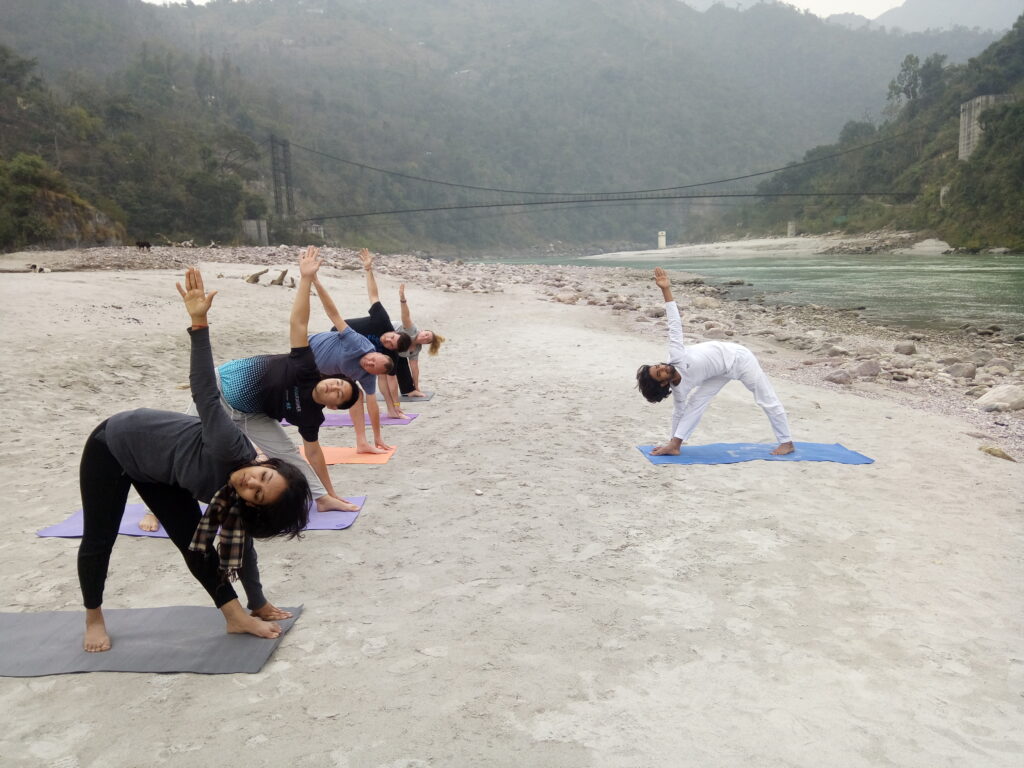

Why We
Siddha Yoga Peeth is situated in Rishikesh, the Yoga Capital of India, also in kerela. It is a land of holy souls who have purified the environment here just by their mere presence. Many a great saint have come to Rishikesh to practice yoga and meditation, sharing with the atmosphere their positive vibes and meditative energy, making this a beneficial place to gain knowledge of this precious science.
Siddha Yoga Peeth is an academy that is brimming with positive energy and provides just the environment for a person who is a serious seeker. While the course may be rigorous and demanding, it also gives plenty of room for explorations and networking. It also gives you immense exposure to Indian ways, means, culture, and traditions.
What does the course fees include?
- 27 nights shared Accommodation
- Daily nutritious vegetarian meals and teas
- Weekend excursions
- yoga material
- One the Himalayas sightseeing trip
- A free ayurvedic massage.
- Kirtan night.
What is not included in the course fees?
- Air ticket
- Airport Pickup and Drop
Rules for Students at Siddha Yoga Peeth School.
- Smoking and liquor are strictly prohibited in the school premises.
- If you are fasting kindly inform the kitchen administrator prior to avoid food wastage
- Always be in the discipline, respect teachers and comply with all rules.
- Always be punctual, if you are not on time, you will not be allowed to enter in a class.
- Clear your books of account before leaving from the School.
- No friends or relatives are allowed to stay with the participants during yoga Training.
- Participants must always be on time, follow the schedule and attend all sessions, lectures and other activities.
About Us
Quick Links
Contact Info
- +91 75035 81204
- Info@siddhayogapeeth.com
- Upside Street in Front of SBI Bank, Badrinath Road, Tapovan, Rishikesh.
